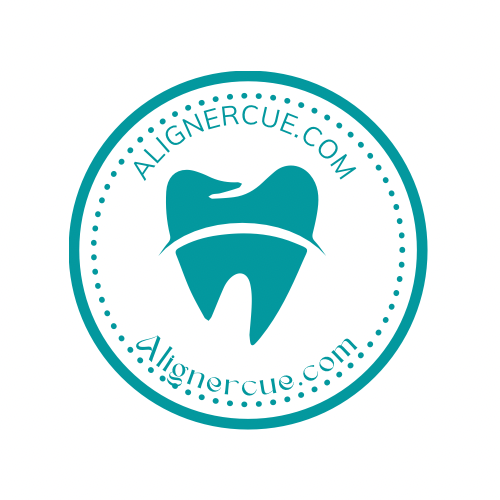Ortho Blog Post: Addressing Anchorage Challenges and Mouthguard Selection in Orthodontics
Q.5 Growth and development might lead to anchorage loss during orthodontic treatment, such as the mesial drift of molars, the compensation characteristics of upper molars following mandibular growth, or the angulation of molars before treatment. Over time, different anchorage devices have been developed by leveraging the advantages of oral systems or force systems.
a) What is the concept of ‘Physiological Shift’ & ‘Physiologic Anchorage Loss’ in fixed appliance therapy?
Answer:
- Physiological Shift: Refers to natural tooth migration driven by occlusal forces, soft tissue pressures, and periodontal ligament elasticity (e.g., mesial drift of molars, distal drift of anteriors).
- Physiologic Anchorage Loss: Unintended tooth movement during treatment resulting from biological responses to orthodontic forces (e.g., bone remodeling causing anchor teeth to displace).
b) What is Physiological Anchorage Spee-Wire System (PASS)?
Answer:
PASS is an anchorage conservation technique using curved archwires (replicating the Curve of Spee). It leverages physiological forces to:
- Promote distal tipping of molars via controlled moments.
- Encourage mesial movement of anteriors, reducing posterior anchorage strain.
c) In light of evidence, what is the efficacy of PASS compared to conventional straight-wire (MBT™) appliances?
Answer:
A 2016 RCT (Kook et al., Angle Orthodontist) compared PASS and MBT:
- Anchorage Loss: PASS reduced maxillary molar mesialization by 1.5 mm (40% less than MBT).
- Mechanism: Curved wires induce distal crown moments, counteracting mesial drift.
- Clinical Takeaway: PASS offers superior anchorage preservation in non-extraction cases.
Q.6 A 23-year female cricketer presented with convex profile and skeletal asymmetry. Intraoral examination showed a congenitally missing right lateral incisor, upper midline deviation to left, and canted upper occlusal plane. Cephalometric analysis showed SNA 75, ANB -4.2, Wits -5mm, FMA 39, UI-PP 125, & IMPA 75. The pre-surgical fixed appliance therapy was initiated and mouth guard was prescribed during playing cricket.
a) Classify orthodontic mouth guards.
Answer:
- Stock: Pre-formed, limited adjustability.
- Boil-and-Bite: Thermoplastic, self-adapted by patients.
- Custom-Fabricated: Lab-made from impressions (single/double-layered).
- Orthodontic-Specific: Designed with extra space for brackets/wires.
b) Which mouth guard is recommended for contact sports during fixed appliance therapy?
Answer:
Orthodontic-specific boil-and-bite or custom guards are optimal (JPD 2017):
- Accommodate brackets/wires without displacement.
- Reduce risk of lip/trauma injuries.
- Maintain protective function during impact.
c) According to RCT evidence, which mouth guards are best for wearability/preference?
Answer:
A 2008 RCT (Knapik et al., Dental Traumatology) in 120 athletes with fixed appliances found:
- Boil-and-Bite Orthodontic Guards:
- 73% patient preference for comfort and ease of fitting.
- Superior wearability due to reduced bulk.
- Custom Orthodontic Guards: Higher protection but lower compliance due to bulk.
- Stock Guards: Least preferred (poor retention, discomfort).
Key Clinical Takeaways
- Anchorage Management: PASS leverages physiological forces to minimize anchorage loss, outperforming straight-wire systems.
- Mouthguard Selection: Orthodontic boil-and-bite guards offer the best balance of protection, comfort, and compliance for athletes in fixed appliances.
References:https://alignercue.com/tools/
- Kook YA et al. (2016). PASS vs. MBT anchorage control. Angle Orthod.
- Knapik JJ et al. (2008). Mouthguard RCT in athletes. Dent Traumatol.
- ADA Council (2017). Mouthguard guidelines. J Prosthet Dent.
Have questions? Share your thoughts in the comments! 🏏🦷
- Blog
- ClinicalCases
- cryptonews
- Exam Questions
- Home
- jobs
- orthodontic age calculator
- orthodontics
- scholarships

https://alignercue.com/tools/
